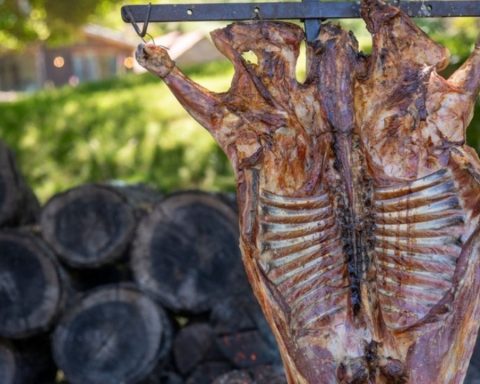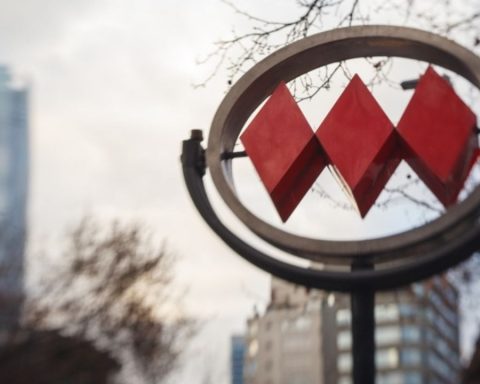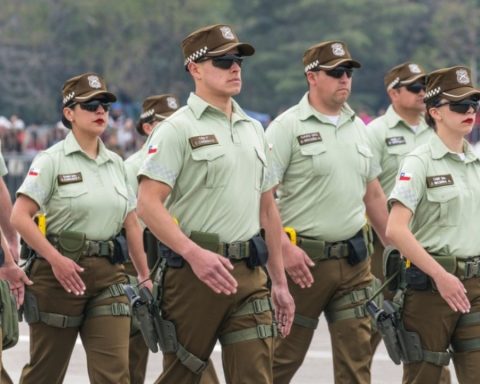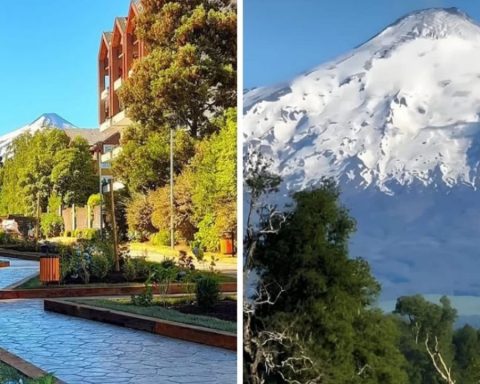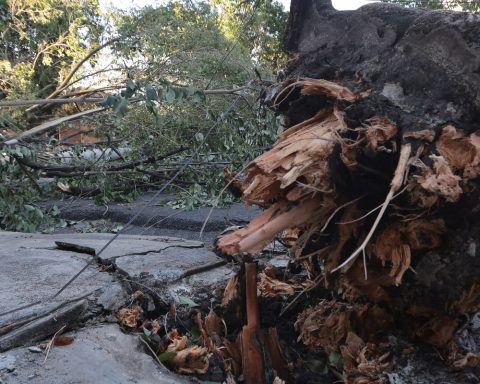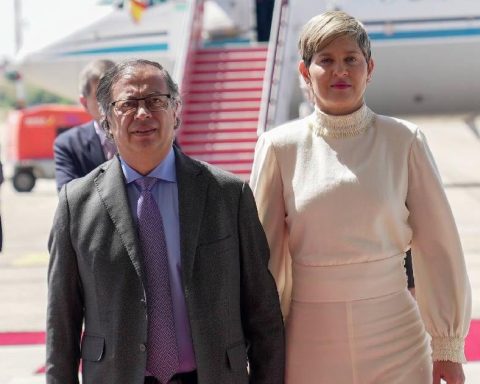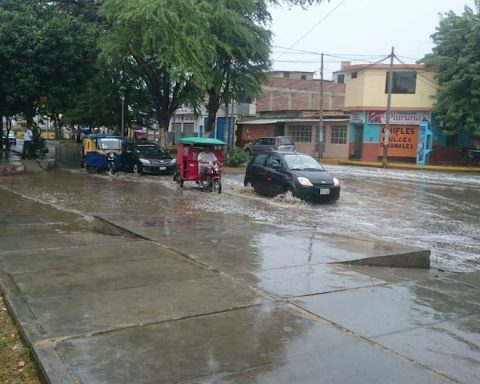In a unanimous ruling, 49 years after the first appeal filed in court, the Second Chamber of the Supreme Court confirmed the sentences and rejected the appeals for cassation filed by the defense of those convicted of the arrest and disappearance of María Inés Alvarado Börgel and Martín Elgueta Pinto, both former students of the Manuela de Salas high school and militants of the Movimiento de Izquierda Revolucionaria (MIR), reported this Friday the site Londres 38.
Those convicted, all DINA agents, are César Manríquez Bravo (former Army General and head of the DINA Metropolitan Brigade), José Yévenes Vergara (former Carabineros corporal), Osvaldo Pulgar Gallardo (former Carabineros non-commissioned officer), Miguel Krassnoff Martchenko (former Army brigadier and head of Grupo Halcón), Pedro Espinoza Bravo (former Army brigadier and second in command of DINA) and Raúl Iturriaga Neumann (former Army general and DINA Deputy Director of Intelligence).
They asked for half a prescription
In the hearing held on March 9, while Krassnoff Martchenko’s defense urged that the half prescription be applied (art. 103 Penal Code), the rest of the five convicted sought their acquittals through the invalidation of the judgment of the Court of Appeals that increased the sentences imposed by Minister Leopoldo Llanos Sagristá in the first instance.
However, the appeals were rejected, some of them due to insurmountable inconsistencies that even prevented analysis by the Court. Regarding the allegation of art. 103 of the Penal Code confirmed the jurisprudence that considers this an inapplicable precept for crimes against humanity.
Thus, the sentences imposed were as follows: Miguel Krassnoff Martchenko, José Yévenes Vergara, César Manríquez Bravo and Osvaldo Pulgar Gallardo, each sentenced to fifteen years and one day, as perpetrators of the qualified kidnappings of María Inés Alvarado and Martín Elgueta, while Pedro Espinoza Bravo and Raúl Iturriaga Neumann are sentenced to 13 years, only as authors of the kidnapping of Martín Elgueta.
false conference
The conviction of Espinoza and Iturriaga for the latter’s disappearance is due to the fact that his name was included in a list of dead, imprisoned and exiled MIR leaders, handed out at the February 1975 press conference carried out, in a forced manner, by members of the MIR who remained kidnapped at Villa Grimaldi.
This conference was held in the then Diego Portales building and was organized by Espinoza himself. On the list, Martín appears as an exile, when to date around seven months had passed since his arrest and disappearance.
Regarding María Ines Alvarado and Martín Elgueta, the following was considered true:
“María Inés Alvarado Borgel, 21 years old, secretary, militant of the MIR, was arrested on July 15, 1974 by DINA agents, on a public highway, around 3:00 p.m., while she was walking alongside her friend Verónica Martínez Ahumada, who managed to flee; not so María Inés Alvarado, who was surrounded by the agents, who proceeded to arrest her, without any warrant, being transferred to the DINA compound in London 38, where she was seen by witnesses. On July 17, 18 and 25 of the same year, María Inés was taken from the place, in the direction of her mother’s house and other homes of her relatives, guarded by civilian agents, opportunities in which they can see María Inés in terrible physical condition, listless, untidy, with her legs and forehead burned. Later she was left at the Londres 38 barracks, where she was seen again by witnesses who were also detained there, without any further contact. with their relatives, nor made arrangements with State agencies, without registering entries or exits from the country, without stating, either, their death”.
Meanwhile, “Martín Elgueta Pinto, 21 years old, a Business Engineering student at the University of Chile, a MIR militant, was arrested on July 15, 1974 by DINA agents, in the department of Juan Rosendo Chacón ( currently detained and disappeared), around 7:30 p.m., being transferred to the DINA compound in London 38, where he was seen by witnesses. This opportunity was taken to the house of María Cheuquemán, who worked for her family, and on the second occasion to the house of María Inés Alvarado Borgel’s parents, where they were seen by relatives, guarded by plainclothes officers, and later left at the barracks. of Londres 38, where he is seen again by witnesses who also remained detained in the place; later he is seen in the Cuatro Álamos compound, from where his trail is lost. Witnesses and other records have established that he was taken in on some occasions to Villa Grimaldi, a detention center where he was interrogated and subjected to physical pressure, without ever making contact with his relatives again, nor taking steps before State agencies, without registering entries or exits from the country, without recording, either , his death”.
death of the condemned
In the first instance ruling, issued six years ago, there were eleven convicted but five of them died in the meantime.
This last stage of processing is the culmination of a long journey that began with the filing of amparo appeals in July 1974, as soon as the kidnappings occurred, continued with complaints for alleged misfortune, individual and collective criminal complaints, and requests for the appointment of visiting ministers for groups of victims of which María Inés and Martín were a part. Despite these and numerous other efforts, the cases of both were transferred to military justice, where they were granted amnesty shortly before the end of the dictatorship.
It was not until 1992 that these cases could be reopened, adding new testimonies of the passage of the victims through the detention centers. But its processing lasted for another 31 years. As these cases were being handled separately, their unification was requested and, in this process, it was necessary to add to the crime of kidnapping already contemplated, prosecution for torture, generally not contemplated in cases of detained, disappeared or executed, despite the existence of numerous precedents that have shown the systematic practice of torture in these cases and in that of all the people who remained prisoners in detention centers such as Londres 38. However, this request was not accepted by Judge Leopoldo LLanos, who had the investigation.
biographies
María Inés Alvarado was born on October 20, 1952 in Santiago de Chile; She studied at the Manuel de Salas High School, from which she graduated in 1970, to later work as a secretary. During the Popular Unity government, she joined the MIR and, after the coup d’état, she linked up with the Coordination of the northwestern sector of Santiago of the same movement.
Martín Elgueta Pinto was born on July 1, 1953 in Santiago de Chile; he studied at the Colegio de La Salle and at the Liceo Manuel de Salas, where he was part of the Student Center; later, in 1971, he began to study Economics at the University of Chile. He joined the MIR in 1968, while still in high school, and became head of the Secondary Brigade of this organization.
During the Popular Unity he directed the Military Political Group 4 of the MIR, a territorial structure that included the communes of Maipú and Cerrillos and the towns of Villa Francia and José María Caro. After the coup he became a member of the Central Committee of the MIR, and coordinator of the western area of Santiago corresponding to the communes of La Cisterna, Barrancas and Maipú.
María Inés and Martín had been a couple and both were arrested on July 15, 1974, under different circumstances, to later be taken to London 38. In July 1975, their names appeared on the list of the 119, known as Operation Colombo, a setup organized by DINA, with the support of numerous national and foreign media, aimed at covering up the arrest and disappearance of 119 people, through false information that reported their deaths outside of Chile, in clashes with foreign police or the product of internal struggles.
The name of Martín Elgueta is part of the memorial of the Faculty of Economics and Business of the University of Chile, in memory of the students and academics who disappeared and were executed during the civil-military dictatorship.
In addition, Martín and María Inés are remembered at the memorial of the Manuel de Salas High School, along with 13 other former students who disappeared or were executed from that establishment. Also, students from this high school formed the Elgueta Pinto Brigade in 2013, a propaganda group in tribute to Martín Elgueta. Likewise, both are present at the Londres 38 memorial, made up of 98 plaques bearing the names of the people who were executed, made to disappear or died as a result of torture, after having remained prisoners in that compound.

